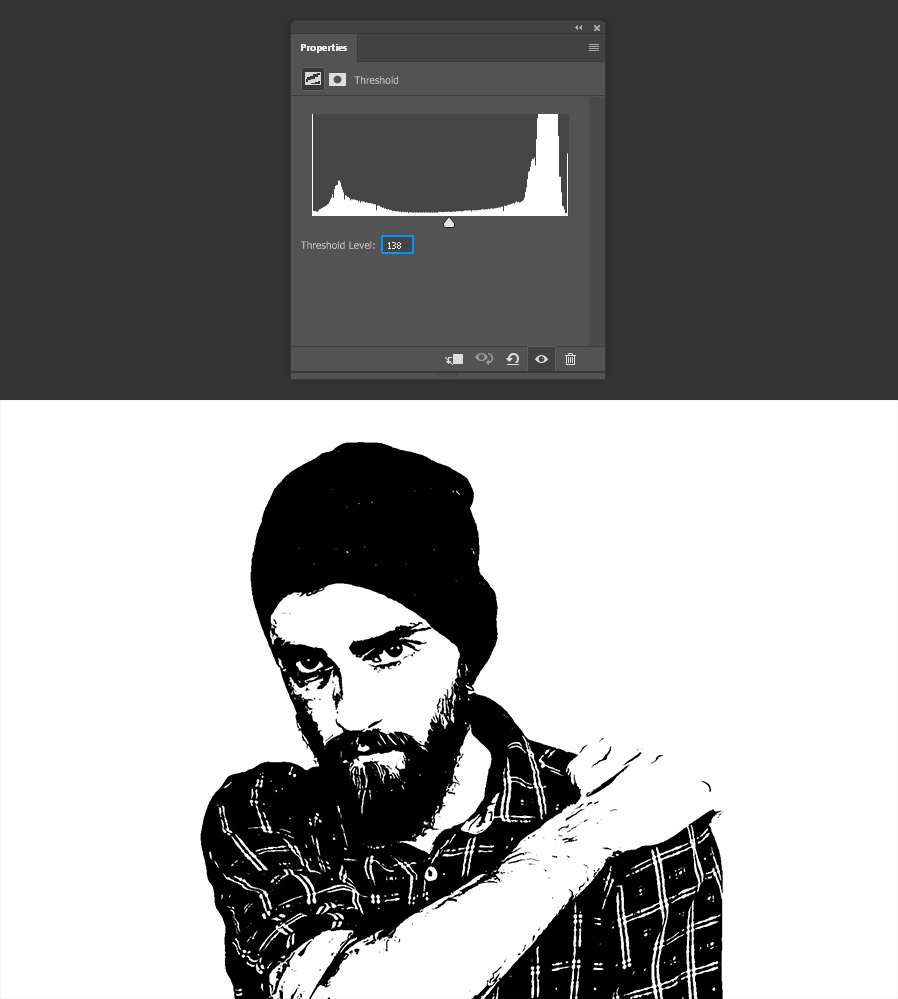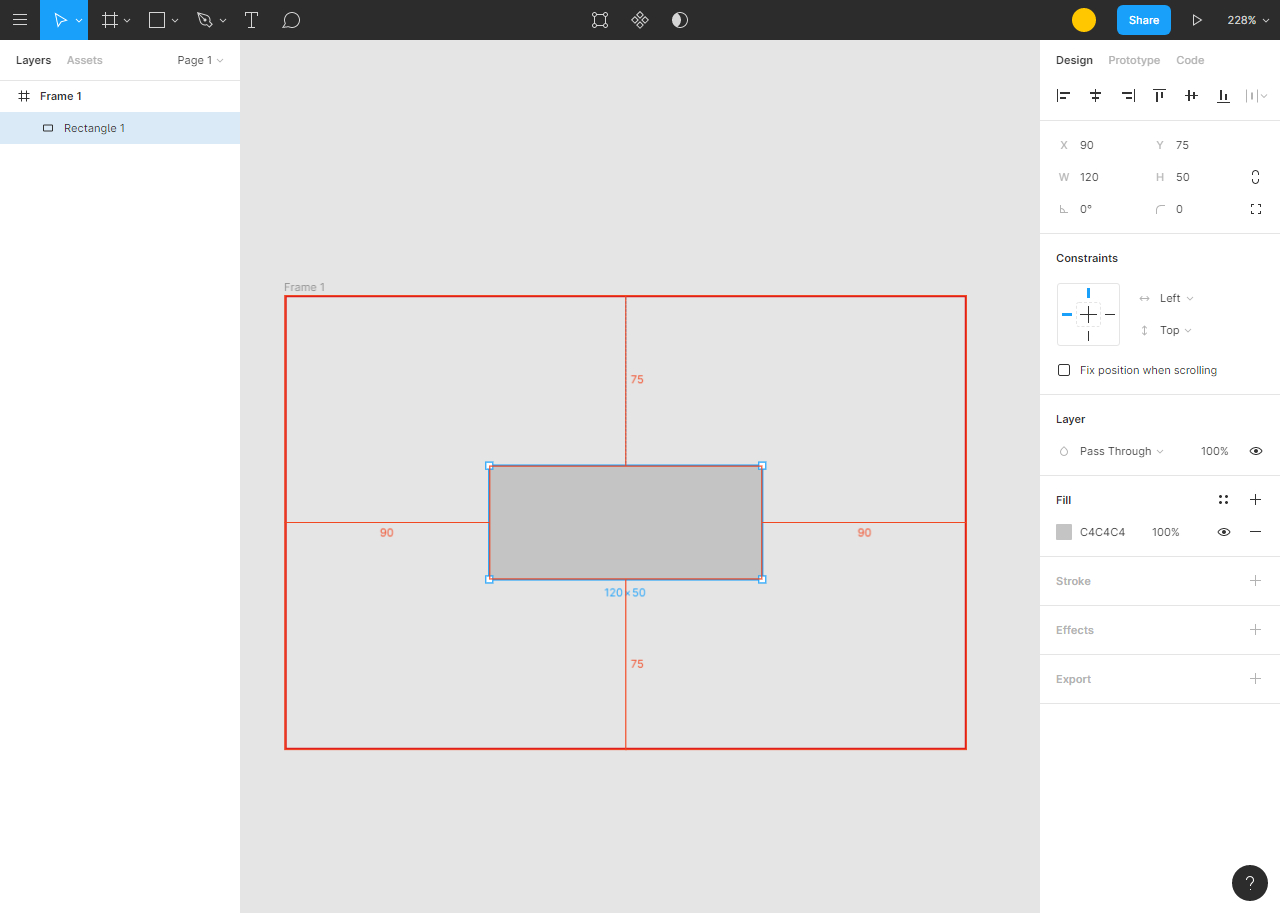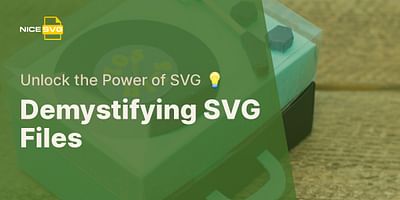Michael Thompson is a technical writer with a knack for making complex concepts easy to understand. He has been writing about SVG files for over 5 years, helping users navigate the technical aspects of using SVG files. Michael is committed to making SVG files more user-friendly through his writing.
Yes, you can create a typing animation with SVG images. The process involves using SVG's native capabilities for animation, along with JavaScript or CSS for added control and interaction. SVG, or Scalable Vector Graphics, is a versatile file format that supports interactivity and animation. This makes it possible to create a wide range of effects, including a typing animation.
Let's Dive Into the World of Creating SVG Animations 🎨
Creating SVG animations can be an exciting and rewarding process. It allows you to bring your SVG images to life, adding a dynamic element to your designs. There are different methods to animate SVG, and the method you choose depends on the complexity of your animation and your comfort level with coding. You can animate SVG directly using the
Crafting Your Own SVG Typing Animation: Here's How 🚀
A typing animation can give the illusion of text being typed out on the screen. This can be achieved with SVG by animating the stroke-dashoffset property of the text path. The animation gradually reveals the text, making it appear as if it's being typed out.
Creating a typing animation with SVG can seem daunting, but with a step-by-step guide, it's actually quite straightforward. Let's dive into it:
And there you have it! By following these steps, you can create a typing animation with SVG. Remember, practice makes perfect, so don't be discouraged if it takes a few tries to get it right.
Here's a simple step-by-step guide to create a typing animation with SVG:
- Create an SVG text element and convert the text to a path.
- Use the stroke-dasharray and stroke-dashoffset properties to create a dashed line that matches the length of the text path.
- Animate the stroke-dashoffset property to gradually reveal the text.
- Adjust the timing of the animation to achieve the desired typing speed.
You can also use an online SVG editor to create and edit your SVG images. These tools often include built-in animation features, making it easier to create your typing animation.
Sample Code for SVG Typing Animation
Here's a simple example of how you can create a typing animation using SVG. This code will gradually reveal the text 'Hello, World!' over a period of 4 seconds.
In this example, the 'animate' element is used to create the typing animation. The 'attributeName' attribute is set to 'text' to indicate that the text content of the 'text' element should be animated. The 'from' attribute is set to an empty string, and the 'to' attribute is set to 'Hello, World!' to specify the start and end values for the animation. The 'dur' attribute is used to set the duration of the animation.
Here's a sample code snippet for creating a typing animation with SVG:
<svg xmlns="http://www.w3.org/2000/svg" viewBox="0 0 600 300">
<text id="text" style="stroke: #000; stroke-dasharray: 1000; stroke-dashoffset: 1000;">
Typing Animation
</text>
<animate xlink:href="#text" attributeName="stroke-dashoffset" from="1000" to="0" dur="5s" fill="freeze" />
</svg>
This code creates an SVG text element with a stroke-dasharray and stroke-dashoffset that matches the length of the text path. The stroke-dashoffset is then animated from its initial value to 0, revealing the text over a duration of 5 seconds.
Creating SVG animations can be a fun and creative way to enhance your designs. Whether you're creating a typing animation or exploring other animation effects, SVG offers a powerful and flexible toolset for bringing your images to life.
Let's answer some frequently asked questions about creating typing animations with SVG.
Hope these answers helped you understand more about SVG typing animations. If you have more questions, feel free to reach out.


















